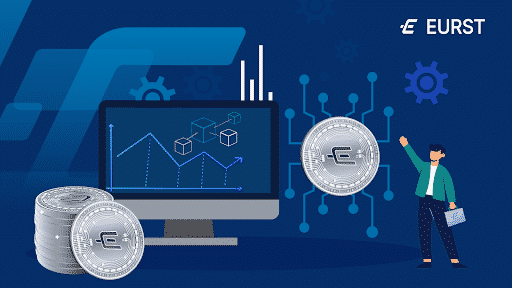Stablecoins make a relatively new category of cryptocurrency that is gaining traction as a solution to the problem of crypto volatility. They have already taken the crypto industry by storm with valuations that exceed those of certain TradFi systems. According to The Block, the market value of stablecoins now stands at $180 million, up from roughly $38 billion a year ago.
Most of it is concentrated in a few currencies, like Tether (USDT), which has a market cap of around $80 billion, USD Coin (USDC), which has a market cap of $52 billion, and Binance USD (BUSD), which has a market cap of $17 billion. Stablecoins are being used as an alternative to cash by crypto investors for trading, lending, and loan collateral. Even with these currencies yielding high-interest rates in DeFi, they are quickly becoming the preferred option for many.
However, the market has become so huge that regulators are concerned about a panic situation. As stablecoins have the potential to devalue fiat currencies, governments throughout the world are enacting severe laws to prevent this from happening. Moreover, many TradFi giants are considering jumping into this bandwagon with rumors of issuing their own stablecoins to benefit their users.
Big Companies Taking the Stablecoin Leap
The potential of stablecoins is clearly reflected as big TradFi companies are coming up with their own stablecoins. JPMorgan Chase & Co is one of them, as they have announced the introduction of JPM Coin, a digital token reflecting fiat currency. JPM Coin employs blockchain technology to ease payment transfers between institutional clients. It is redeemable for fiat cash held by JPMorgan at a 1:1 ratio. It is said to be used to enable payments between JPMorgan Chase institutional clients.
Moreover, The Block stated that PayPal is also considering expanding its crypto services to include its own stablecoins, indicating that the payments giant is in very early discussions about a prospective launch. PayPal is apparently planning to launch the stablecoin through a third-party collaboration rather than constructing it from the ground up, in order to get it up and running fast, similar to how it did with the Paxos arrangement that enabled it to begin its crypto program last year.
Along with these corporations aiming to issue stablecoins, banking institutions are also creating the infrastructure to become stablecoin issuers. In fact, all of these developments demonstrate the true potential of stablecoins and the countless benefits they can offer with the aid of blockchain technology.
A Plethora of Benefits that Stablecoins Offer
Stablecoins are gaining traction not just because they are a form of cryptocurrency, but also because of the numerous advantages they provide over fiat money. They can speed up several financial processes. Even escrow is simplified by smart contracts that use stablecoins, allowing for extremely rapid transfers. Moreover, stablecoin transfers involve lower fees as compared to Visa, MasterCard, and AmEx average of about 2% per transaction.
Further, its capacity to serve as a decentralized, international store of value has proven to be a real-world requirement for millions. Anyone with an internet connection may observe blockchain transactions with a blockchain explorer and this makes stablecoin transactions transparent, and as opposed to physical money, cannot be counterfeit, as all issuance and redeeming of tokens and transfers are recorded on the public ledger.
Moreover, there are many stablecoins already lurking in the markets with most of them lacking certain factors like decentralization and insufficient reserve backing. However, one stablecoin standing out of the crowd is EURST – it’s creators claim it is the first representative euro stablecoin, aiming to dominate and bridge the European economy to the digital assets space. EURST is 100% backed with real US dollars, held in an escrowed reserve, and fully live-audited. It is one of the fewest programmable stablecoins, offering the fastest transfers, lowest fees, easy cross-border payments, and highest transparency in the whole of DeFi.
Stablecoins: The Future of Money
Regulation and compliance are two of the most pressing concerns confronting the sector. Because of a lack of institutional oversight, the crypto sector has long been seen as a Wild West, with numerous enterprises operating in regulatory gray areas. Stablecoins may play an important role in making cryptocurrencies more accessible as a means of exchange for companies and consumers.
Furthermore, with stablecoins like EURST gaining traction in the market, the crypto industry may see a shift toward the use of crypto as a method of payment. Stablecoins have the potential to make cryptocurrencies more accessible to businesses and consumers as a means of trade and EURST is making this a reality.

